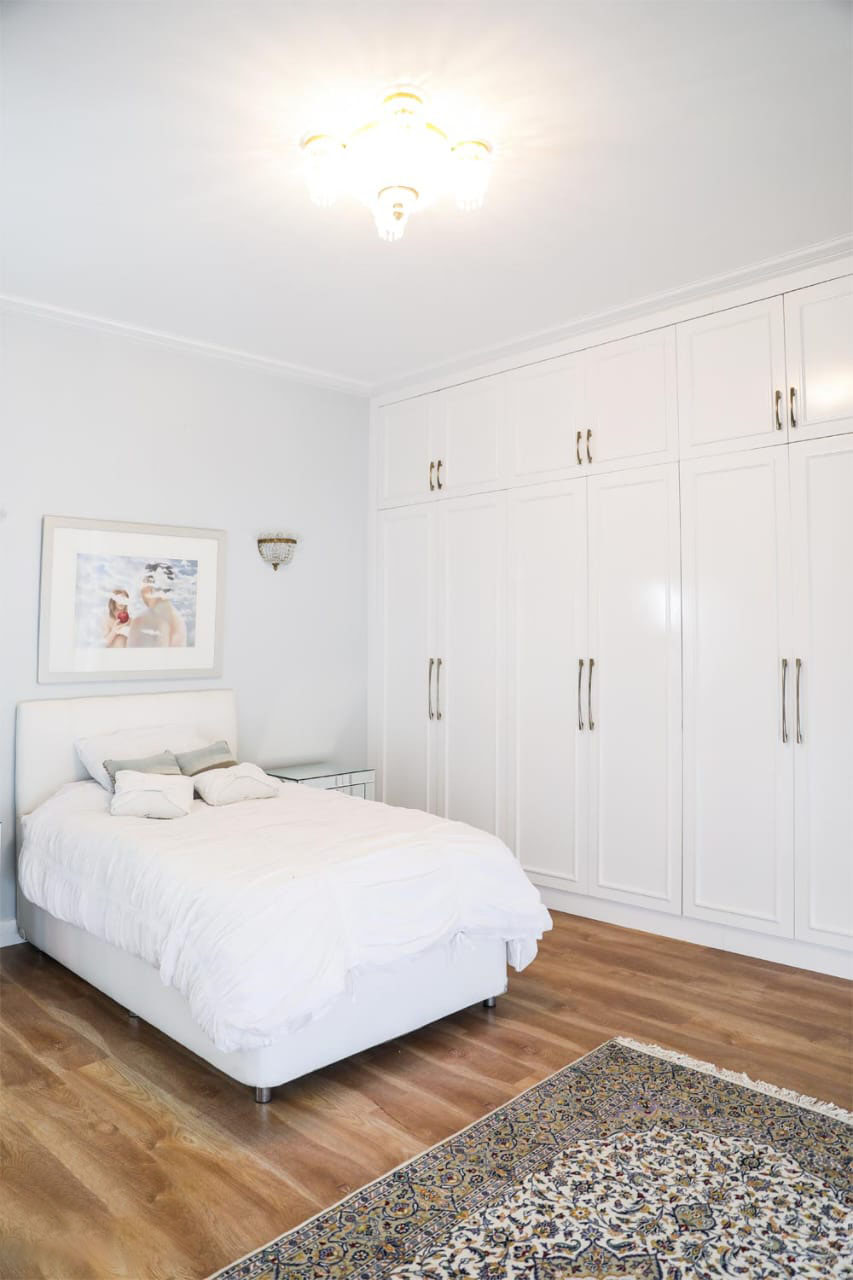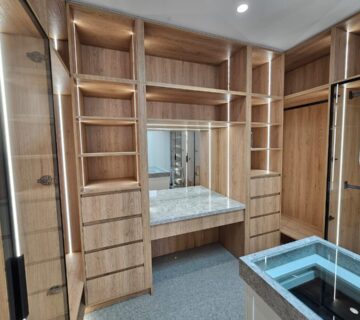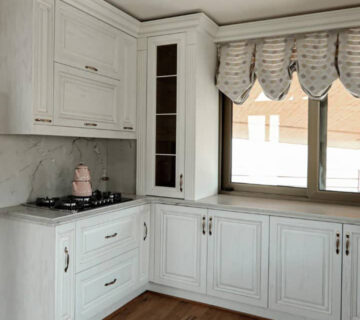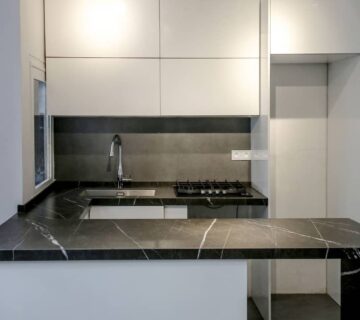Energy-Efficient Renovation Ideas
Energy-Efficient Renovation Ideas for a Sustainable Home
As energy costs rise and environmental concerns grow, making your home more energy-efficient has never been more important. With the right energy-efficient renovation ideas, you can reduce your carbon footprint, save money, and increase your home’s overall comfort.
This guide explores innovative ways to make your home greener while enhancing its value. For sustainable materials to complement your renovations, check out our sustainable renovation materials guide.
1. Upgrade to Energy-Efficient Windows
Old, drafty windows can cause significant heat loss, leading to higher energy bills. Upgrading to energy-efficient windows can reduce heat transfer and improve insulation. Look for windows with double or triple glazing and low-emissivity coatings to maximize efficiency.
Pair your window upgrades with smart blinds or curtains that help regulate indoor temperatures. This simple change can save you hundreds on heating and cooling costs each year.
2. Insulate Your Home
Proper insulation is crucial for maintaining a comfortable indoor temperature and reducing energy consumption. Consider adding insulation to your attic, walls, and floors for a comprehensive energy-saving solution.
For eco-friendly insulation options, explore recycled materials like cellulose or natural wool. Learn more about these sustainable choices in our sustainable renovation materials article.
3. Invest in a Smart Thermostat
Smart thermostats allow you to control your home’s heating and cooling systems remotely, optimizing energy usage based on your schedule. They can learn your preferences and adjust settings automatically to maximize efficiency.
Combine this upgrade with our cost-effective home renovation ideas to find more ways to save on utilities.
4. Install Energy-Efficient Appliances
Appliances account for a large portion of a home’s energy consumption. By replacing outdated models with ENERGY STAR-rated appliances, you can significantly reduce your energy usage.
Focus on high-energy consumers like refrigerators, dishwashers, and washing machines. For additional kitchen-specific tips, check out our kitchen renovation tips.
5. Switch to LED Lighting
Lighting is an easy area to address when improving energy efficiency. LED bulbs use up to 75% less energy than traditional incandescent bulbs and last significantly longer, reducing replacement costs.
Consider installing motion sensors or timers to minimize energy waste in less-frequented areas like closets or hallways. Pair this strategy with smart home technology for even greater efficiency.
6. Solar Panels: A Long-Term Investment
While the initial cost of installing solar panels can be high, they offer long-term savings and environmental benefits. By harnessing renewable energy, you can lower your electricity bills and reduce reliance on fossil fuels.
Explore government incentives and tax breaks to make this investment more affordable. Solar energy can also be integrated into your home design, complementing our modern design trends.
7. Upgrade Your HVAC System
An old or inefficient HVAC system can be a major energy drain. Upgrading to a modern, energy-efficient model can reduce energy usage and improve indoor air quality.
For even better results, regularly maintain your HVAC system by cleaning filters and ensuring proper airflow. Pair this with improved insulation for maximum efficiency.
8. Consider Tankless Water Heaters
Tankless water heaters provide hot water on demand without storing it in a tank, which reduces standby energy losses. They are compact, energy-efficient, and ideal for homes looking to lower utility costs.
Integrate this upgrade into a larger bathroom remodel for a cohesive and efficient design. Check out our bathroom remodeling trends for 2024 for more ideas.
9. Use Renewable Building Materials
When renovating, opt for renewable and recyclable materials to enhance energy efficiency and reduce environmental impact. Bamboo flooring, reclaimed wood, and recycled metal are excellent choices.
These materials not only lower your renovation’s carbon footprint but also contribute to a unique, personalized aesthetic. Learn more in our sustainable renovation materials guide.
10. Optimize Landscaping for Energy Efficiency
Strategically planted trees and shrubs can provide shade in the summer and wind protection in the winter, reducing your home’s energy needs. Opt for native plants that require less water and maintenance.
Consider installing a green roof or permeable pavers to further enhance sustainability. For more landscaping ideas, explore our cost-effective home renovation ideas.
Conclusion
Incorporating energy-efficient renovation ideas into your home not only benefits the environment but also saves you money in the long run. From upgrading windows and insulation to installing solar panels and LED lighting, there are countless ways to create a sustainable, cost-effective home.
For more inspiration, check out our guides on sustainable renovation materials and cost-effective home renovation ideas. Start your journey toward a greener, more efficient home today!





No comment